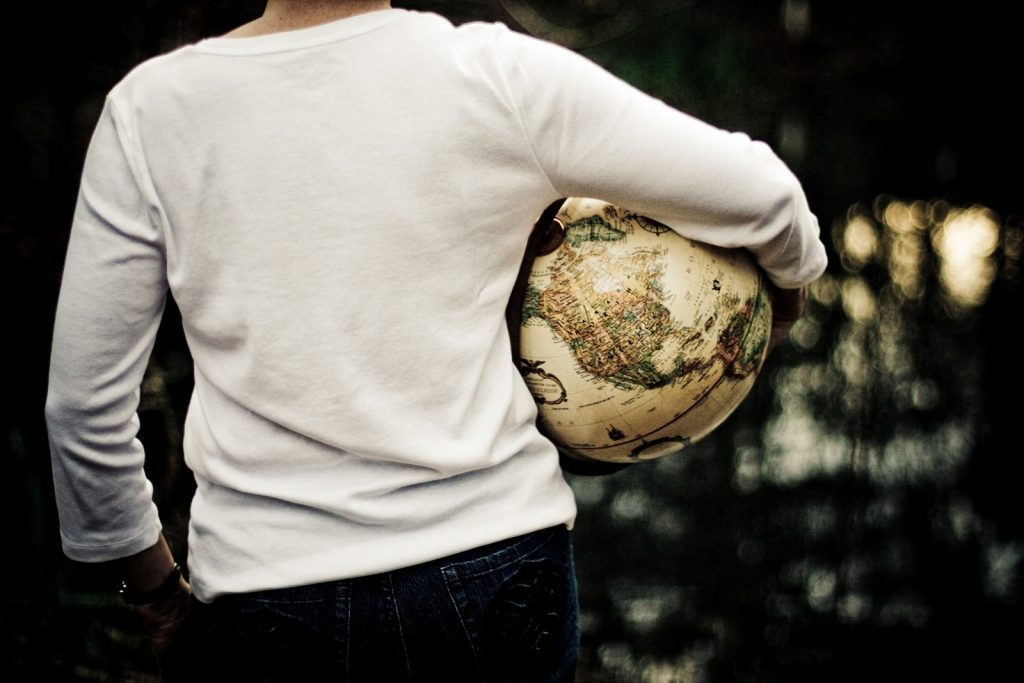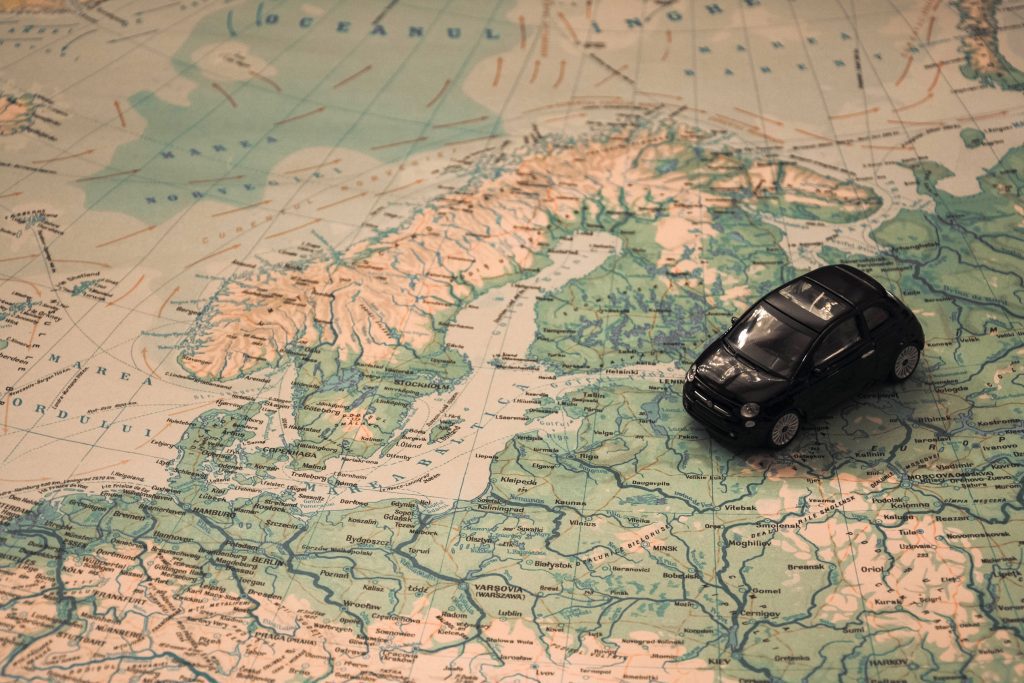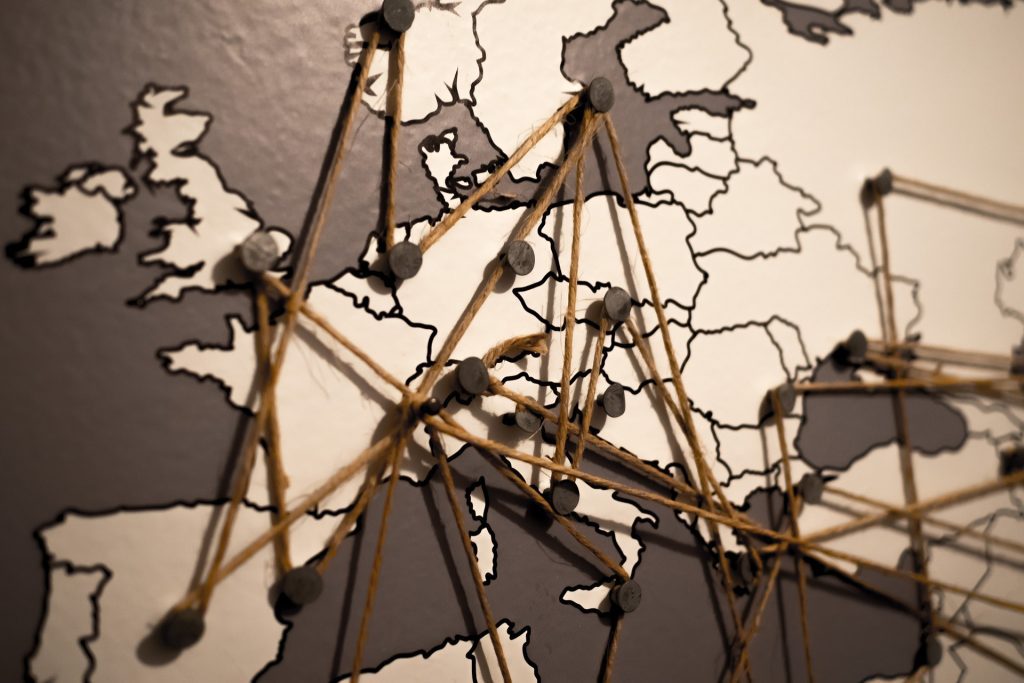- Maps
- Travel
- Marine
- Outdoor
- Canadian Parks & Regions
- American National Parks and Long Trails
- Europe Maps & Guides
- International Outdoor Maps & Guides
- Saint-Jacques-de-Compostelle
- Outdoor Magazines
- Topographic maps for France
- Initiation Guides for Outdoor, Fishing, Hunting & Survival
- Bike
- Compass
- Swiss Knives
- Flora and Fauna
- Star Finder
- GPS
- Globes
- Kidz
- Gift Ideas
- Blog
- Contact us
- Français
5 reasons to buy a world map to your children
02 August 2024
We all want the best for our children, but it can be difficult for parents to know what’s true and what’s not on the Internet. Between all the new scientific discoveries and all the education gurus, what was true 5 years ago may no longer be recommended…
Sometimes, the best answers are the simplest. Like a good old world map hanging on a wall or placed on a table as a globe.
You had one in your room when you were a kid? Or in your classroom?
More than a simple localization tool, geographical maps are real learning tools. Here are 5 reasons why you should buy a world map for your children.

1- Develop the cognitive abilities of your children with a world map
Map reading is an important tool to develop children’s spatial reasoning skills. And this type of reasoning is one of the most important to build while you are growing up.
Doctor Nora Newcombe of Temple University in the United States, describes spatial thinking as “seeing in the mind’s eye”. Our spatial skills let us “picture the locations of objects, their shapes, their relations to each other and the paths they take as they move”. It’s like having a reproduction of the world inside your head.
Geographical maps help children create this interior world. They tell him where the objects, places, cities and countries are located with each other.
A report made in 2013 by the National Geographic Institute concluded that spatial reasoning is one of the most important ability to develop for children.
Spatial thinking enables a better comprehension of history and is linked to the learning of science and mathematics. Children also increase their communication skills when they collaborate and talk to each other about spatial relations.
When the child has acquired a solid spatial reasoning, he will be prepared to integrate and confront the globalized and technical society that we live in.

And why not digital maps?
Cellular phones, GPS navigation systems and mapping websites have increased the availability of geographical maps for everybody. Maps are usually free, up-to-date and you can change between different layers of information like aerial photos, topographical relief, roads and thematic points of interest.
But there is still something that paper maps offer that the digital world will never replace: the overview.
Digital maps will let you search for places and addresses very precisely and quickly, but the size of our device’s screens only lets you see a small portion of the map.
You cannot see a whole territory on a single screen. Yes, it is possible to zoom out, but doing so, you lose a lot of information, or else the map would be saturated with symbols and words.
Only paper maps, which are usually printed on large sheets of paper, will let you see the entirety of a territory in one look. Which will make it easier for children to understand a given territory. Therefore, it will help him develop a solid spatial reasoning.
2- Knowing the world we live in
Discovering the neighborhood you live in, your city, country, continent and planet… All this sounds like common knowledge for an adult that has looked at a geographical or road map at least once in his life. But not for children who also travel through their territory by following us.
We’re going to grandma and grandpa this weekend? Well, we live here and they live there. That’s why we don’t go very often…
It is also important for children to locate the places that are spoken of in the news or mentioned in their books. It is crucial for children to associate the name of a place with the corresponding area where that place is located. That way, the new noun that he learned will have a real object linked to it. This new knowledge will be written deeper inside his memory and it will help the child be more functional in a world more and more interdependent.
With the help of his map, he will also be able to identify and locate cities by himself and understand why humans decided to settle at a given place more than another (rivers, lakes, valleys…) Kids will then learn the needs and the history of humanity.

3- Following your travels and trips
Kids learn a lot while travelling abroad. New cultures, new landscapes. Hundreds of precious memories that will forever be available through a photo album.
But if you want your children to fully understand where they were travelling, nothing beats a world map on a wall. They will have something tangible to understand the distances between their house and the travel destination. They will be able to visualize their itinerary step by step. And maybe stop asking: “Are we there yet?” Because they will know where they are…
You can also pin your past travel destinations on a wall map. When the kids look at the map, everyday, they will remember their trip or a simple aspect of it. It’s an excellent tool to develop one’s memory.
It is also very interesting to visualize all the places children have discovered and all the places that are waiting to be discovered. They may even suggest your next travel destinations!
The simple wall map becomes an artifact hanging in the centre of the family’s memory, an open door to past and future adventures.

4- Smart and inspiring decoration
You’re asking yourself what to put on your children’s room walls? Or their playing area? Look no further. Buy a geographical map. Get out of the way Pooh-Bear!
In addition to being an excellent learning tool, a wall map is also an unmatched decorative element. Nobody can deny the historical beauty and elegance of a wall map or a terrestrial globe.
They say that a picture is worth a thousand words. So here are a couple of images that will surely convince you that wall maps will always have their place inside our houses
5- Answering your kid’s questions
– Mama … why are there a lot of birds in the sky?
– They are heading south because winter is coming and it’s going to be too cold for them.
– Where’s south? Why is it cold in winter?
Red alert! Unless you’re a popular science communicator or a skilled educator, answering these questions without the help of a paper map or a terrestrial globe can turn out to be a considerable challenge. And questions like these, your children have them by the thousands.

Which map to buy for my children?
The best place to buy a wall map or a terrestrial globe is Aux Quatre Points Cardinaux. It is THE reference in Quebec. We have the largest selection of maps you’ll have ever seen.
You can go on our online store to browse our selection of world maps and terrestrial globes.
You like to see with your own eyes before buying anything? Come and visit us in store in Montreal: 551 Ontario Street East.